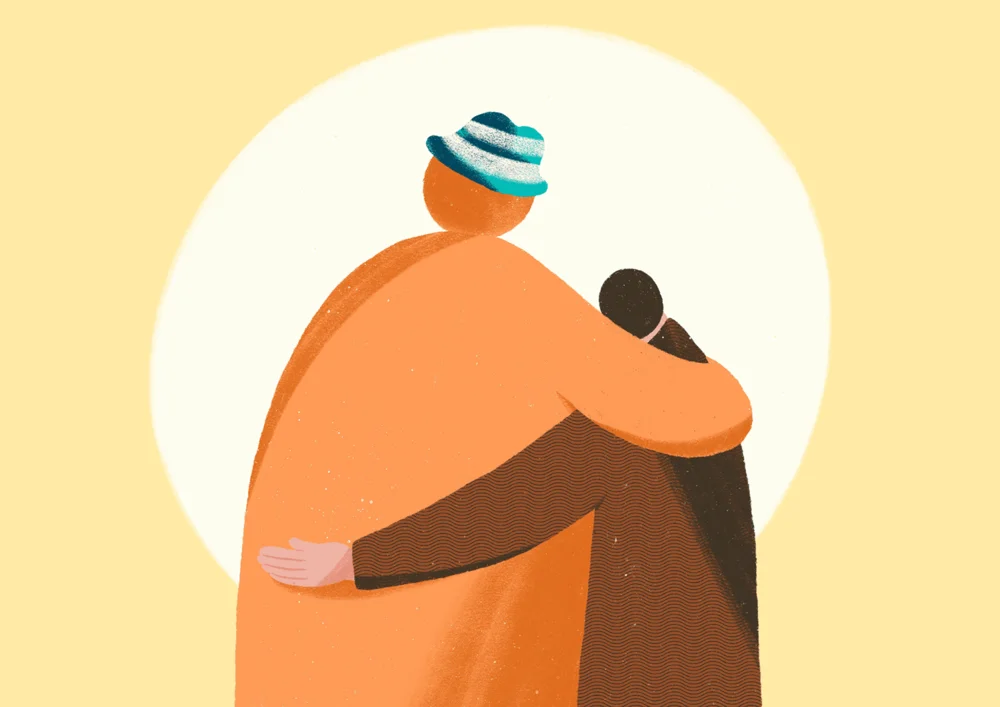
Language can be a double-edged sword; it can be a healing remedy, and also a destructive weapon. Unlike physical injury, verbal and emotional abuses leave invisible wounds and scars on our souls. Neuroscientists found that just as experiencing physical pain, when humans experience rejection, their dorsal anterior cingulate cortex of the brain will be activated, resulting in painful sensations. Therefore, both physical and psychological violence bring wounds to the mind. Our soul does in fact, literally, hurt.
Why Do We Become Violent Communicators?
Hong Kongers are often perceived as direct, but we seldom come across people who deliberately abuse or attack others verbally in person. Many of us usually express regret and remorse for saying hurtful words. What causes this unintentional violent communication? From a psychological perspective, it may be that we have our autopilot mode switches on, which turns on our self-defense mechanism when uncomfortable emotions arise during a conversation. As a result, we react instantly and habitually according to our thinking patterns, thus unintentionally lash out at others.
For example, we may have heard this in the workplace:
‘‘I have explained this to you many times. How do you not get it?’’
‘‘If he can do it, why can’t you?’’
These comments reflect dissatisfaction without explicitly expressing needs. Furthermore, they can easily provoke the other party to defend themselves instinctively, resulting in cycles of conflicts and defensive-aggressiveness. Self-defense is a psychological way to protect oneself and to reduce anxiety. According to research studies, a person in self-defense mode may be less likely to apologize, compensate, acknowledge others' needs, and may be more likely to escalate communication into conflicts. In particular, comments involving moral and social self may make people more likely to respond defensively.
Other than the workplace, we may get into violent communication situations in other interpersonal relationships. For example, your friends being half an hour late for a movie may remind you that they are often late.
You may be triggered to react:
‘‘You are always late. Do you even respect me?
‘‘Is your time more valuable than mine?’’
In fact, the perception that your friend doesn't value the date is just a subjective speculation and judgment. If the communication focuses on something more objective and concrete, you may be able to prevent a conflict. After settling your emotions, you can observe and feel your inner needs carefully. Then, you can adjust your usual way of responding according to the four elements of nonviolent communication.
For example,
’’You are always late recently. This time we missed the beginning of the movie. (Observations)
I feel frustrated and tired of waiting. (Feelings)
I really hope that you make being on time a priority. (Needs)
Can you be punctual on our next date?’’ (Requests)
This example illustrates the 4 main components of nonviolent communication:
Observations, Feelings, Needs, and Requests.
What is Nonviolent Communication?
The Language of Giraffe and Jackal
Developed by Marshall Rosenberg, PhD, nonviolent communication (NVC) centers on expressing our natural state of compassion and our shared basic human needs. By stating what you observe, getting in touch with how you feel and your inner needs, observing your inner needs, and expressing them concretely, it helps the other person to understand or rectify their view on you, dissipating tension and resolving conflict in a relationship. As Rosenberg wrote in ‘‘Nonviolent Communication: A Language of Life’’, ‘‘You'll find people less threatening if you hear what they're needing rather than what they're thinking about you.’’
Rosenberg uses two animals to convey his ideas: jackal and giraffe. The jackal language is demanding, threatening, judgmental and authoritarian. The giraffe language is compassionate and strong, as he communicates from his heart and seeks connection and clarity (also because giraffes have thicker heart muscles). In reality, we always walk the line in between these two languages. When strong emotions arise, we may be overwhelmed and communicate in “jackal language”.

4 Steps to Connect with Your Inner Self
Imagine we are teaching new colleagues on how to use the software at work, but they keep making the same mistakes over and over again, and you have many tasks on your hands. You may be thinking, "That's absurd! I'm very busy", or "Were you listening when I was showing you how to do it?’’ If we say it straight out, it probably might have undermined the new colleagues' efforts and damaged the relationship, and they might no longer ask you for advice when they encountered difficulties.
If we are aware that we are being triggered, we can:
- Get away from the situation or the person that is triggering you
- Pay attention to your bodily sensations. Is your heart beating faster? Are you breathing quicker and shallower? Are your muscles tightened up, or are you experiencing other bodily sensations?
- Do a brief relaxation exercise such as diaphragmatic breathing exercise or muscle relaxation exercise. Try not to say anything that is emotionally loaded.
Try to understand your emotions and analyze your thoughts like peeling an onion.
- Observations (stating the facts): I have taught my colleagues many times, but they still make mistakes.
- Feelings (expressing emotions): I feel annoyed.
- Needs (expressing core values): I hope they will remember how to use the software, to avoid making mistakes, and to work more efficiently and independently.
- Requests (meeting the needs): Make good use of the notebook or recording pen to remember the steps more carefully.

If we can understand each other's emotions, we may see each other in a different light. Before understanding others, we can go back to ourselves, identify our own emotions, soothe and understand our own feelings. When we are in touch with our own emotions and needs, it is much easier to identify and understand others.
Studies have shown that communication competence is positively related to perceived empathy; the higher the perceived empathy, the higher the communication competence. In addition, studies have also shown that when nonviolent communication is applied in university campuses to discuss controversial topics, conversations can proceed peacefully and respectfully even if people have polarizing and opposing views.
Practicing nonviolent communication is a journey of self-discovery, awareness, and transformation that requires conscious practices and responsive adjustments. If you are interested in discovering further about nonviolent communication, you are welcome to chat with our virtual companion, Boon, in the chatbot "Facing Interpersonal Conflicts", and to discover more ways to connect with yourself and others in our courses.

